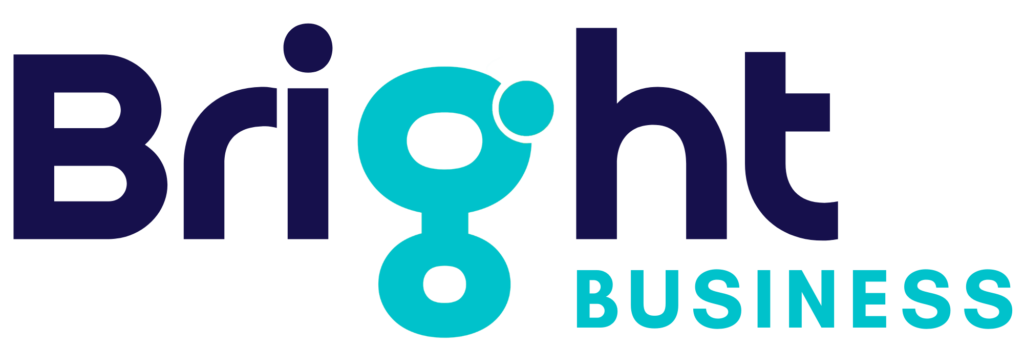There are many benefits to bridging leadership. Using it will boost creativity, foster better relationships with team members, and save the environment. It can be a helpful leadership style for change agents, too. However, it’s not a panacea. To achieve the full potential of bridge leadership, you need to be a good leader in every aspect. If you want to see your organization succeed, consider bridging leadership. But remember, it won’t happen overnight.
The principle of bridging leadership is to create relationships based on mutual purpose and shared values. In bridging leadership, the leaders and followers develop common goals and purpose, enabling collaboration and innovation. They also promote shared values and purpose. This type of leadership is very different from command and control leadership. Instead, it is based on shared values, common understanding, and mutual purpose. In other words, it’s based on shared values and opposes the idea of “I” and “we”.
A key aspect of bridging leadership is that it encourages collaboration and multi-stakeholder processes. These efforts can result in a more responsive program or service, or even a reform-friendly policy environment. Bridging leadership practices are effective at fostering these changes because they promote a collaborative, open and honest approach to solving complex societal issues. The principles of bridging leadership help the leaders build trust and cooperation among diverse stakeholders.
The Bridging Leadership Institute offers a unique program called Leadership and Governance for Psychosocial Health. The program aims to support both government and private sectors to address the problem of psychosocial disorders. Learners will develop the skills to engage diverse stakeholders, navigate conversations, and co-create health programs. This is a great way to develop effective relationships with diverse stakeholders and increase community support. The Bridging Leadership Institute is a good place to start!
For more than 30 years, Synergos has incorporated bridging leadership into its program offerings and helped train others to do so. The methodology is at the core of Synergos’ social change program, and their training courses guide participants through a series of interrelated steps. One of these steps is personal reflection. The purpose of this is to create a space for aspiring bridging leaders to become more self-aware and systemically-minded.

Bridging Leadership
One of the hallmarks of bridging leadership is that it emphasizes personal response to societal divides and inequities. It acknowledges that the solution to any complex problem will require the participation of multiple stakeholders to develop a common vision and collective response. It is the ultimate example of a servant leader. It can be reflected in the way a bridging leader interacts with team members and stakeholders. The bridging leader focuses on empowering others through feedback and performance reviews.
In the world of business, bridging leadership involves creating influence relationships that build a shared understanding and mutual purpose among stakeholders. It is based on shared values and common purpose and emphasizes inter-sectoral collaboration. It contrasts with the dominant command and control model of leadership. Despite its name, bridging leadership is a powerful leadership style. It is a powerful tool in the hands of business executives, entrepreneurs, and socially conscious leaders alike.
The characteristics of a bridging leader include specific skills, knowledge, attitudes, and behavior. Acquiring such skills requires training and real-world practice. Organizations that strive to be viewed as strategic bridging spaces must demonstrate core competencies, including accountability for mission-related activities, adequate revenue generation, and human resources management. Additionally, they must demonstrate their constituency responsiveness and effective management of human resources. Therefore, institutional strengthening programs are a valuable way to position organizations as strategic bridging spaces.

Three Ways to Make Bridging Leadership Work for Your Organization
What does bridging leadership mean? In simple terms, it’s a process of increasing social capital by reducing barriers and promoting a culture of collaboration. The principal mechanism of bridging leadership is bridging dialogue, a collaborative process that promotes mutual understanding and builds new relationships. When implemented successfully, bridging dialogue leads to societal learning, a change in the interactions between different social units and organizations that increases society’s capacity for innovation.
The Future Bridging Leaders Program seeks to foster the development of a cadre of leaders in Mindanao. This leadership development program emphasizes two core components: a systemic perspective on complex issues, the ability to engage with multiple stakeholders, and innovative approaches to sustainable institutional arrangements. While bridging leadership does not immediately produce results, the long-term impact will benefit both the organization and its members. Here are three ways to make bridging leadership work for your organization.
During the course of the Bridging Leadership Fellowship, fellows will attend a two-week hands-on workshop taught by Radha Paudel, and then spend 10 weeks working in the field to address local issues. The program is designed to empower participants and build their leadership skills and knowledge of research. Participants also get training in organizing tools and advocacy. Ultimately, the aim of the program is to empower participants and help them become change agents.
Using systems thinking as a tool for bridging leadership helps participants understand complex challenges, identify priority interventions, and take transformative action. The course also highlights the importance of dialogue when working with multiple stakeholders. Dialogue facilitates stakeholders sharing their perspectives and coming together to take action. It also provides an opportunity to develop a Leadership Development Plan that will help them address the challenge and continue the progress they’ve made. So, why should Bridging Leadership be a part of your next project?

